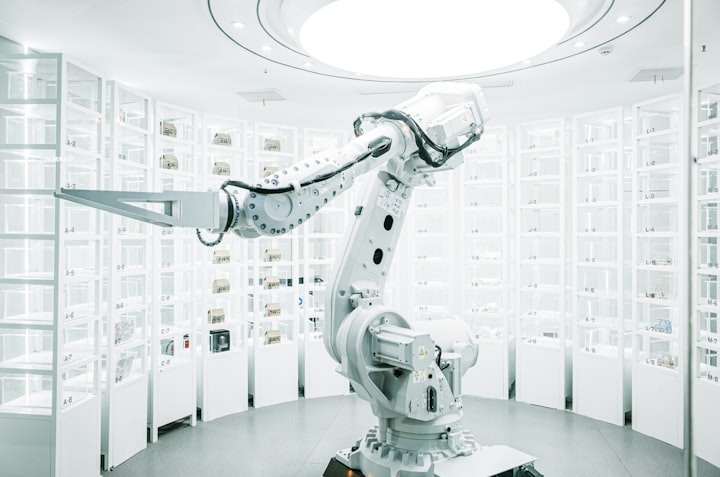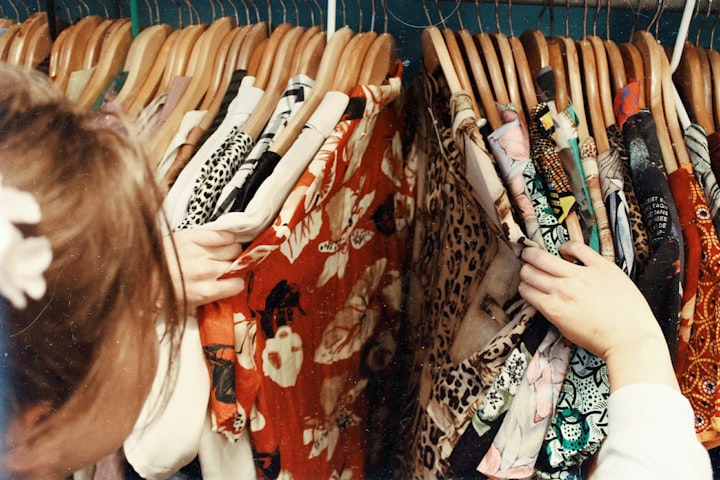Buying Clothing May Be a Necessity, So We Need to Do It Responsibly
Changing habits is something we all need to do, even when it comes to our closet and shopping sprees.

The impact of the fashion industry is something we don’t think about very often. We ooh and ahh at clearance prices, gasp at the cuteness, make sure we always have what’s in style and activity-appropriate. Fast Fashion, a term that has gained popularity recently to describe cheaply made garments that are usually imported, has made it possible for people to always have something new, cute, appropriate and in style.
But what kind of impact is this causing? Wouldn’t it be better to trade clothing with your friends, buy used clothing, style yourself with vintage, or upcycle clothing you already have? It sure would, and that’s a growing trend as well. Besides the desire for creating our own style increasing, earth awareness is on the rise as well, because there really is not much of a choice, is there? We only have one planet.
The fashion business is one of the largest consumers of water and is the third most polluting industry in the world. The manufacture of textiles uses an incredible amount of water. One pair of jeans, of which there are billions in the world, uses over 1,000 gallons of water. PER PAIR. Just to make the number of jeans sold in the United States alone, that means over 450 BILLION gallons of water. In China, where more than half of ready-to-wear fashion consumed in the United States is manufactured, more than 3 billion tons of wastewater from treatment and dyeing are pumped out per year.
We’re also polluting that very water with clothing manufacture. Synthetic fabrics are made with plastic, and every time you use even more water to launder the garment, tiny microfibers of plastic are shed. Being too small to be filtered by waste treatment plants, they end up in waterways and oceans. Scientists tell us today almost every type of fish we consume has plastic in it because the little guys eat it. Microscopic marine life also die from ingesting it, and many fish die from not being able to filter the plastic out through their gills.
While we don’t breathe with water and gills, we do breathe air. Textile manufacturing emits C02 and other greenhouse gasses. Polyester, nylon and other petroleum-based materials emit harmful volatile organic compounds called VOC’s as well as nitrous oxide, which is nearly 300 times more dangerous than C02. Speaking of C02, a single cotton T-shirt made in China results in over 2 pounds of additional C02 emissions just from transporting it to the United States. In addition, 3 billion tons of soot each year are emitted from textile manufacture. We haven’t even gotten to the waste from the chemicals used yet.
Formaldehyde, chlorine, lead and mercury are used in clothing manufacture. Yes, really. In fact, 2,000 different chemicals are used and only 16 of them are FDA approved. 1,600 of those chemicals are used in the dyeing process, and the runoff from this contains heavy metal, alkali salts, toxic solids and harmful pigments.
Sadly, over 14 million tons of textiles a year are thrown away in the United States, and of these, 99% are believed to have been suitable for reuse or recycling. Landfills that are filling up with plastic dollar store toys, one-cup coffee pods, Styrofoam cups and other nonessentials become the home to 85% of those tossed garments. Just like the toys, pods, cups and more, these clothes don’t go away anytime in the near future—nylon takes 30 to 40 years to biodegrade and polyester hangs out longer than 200 years.
Secondhand clothing isn’t just for the needy anymore. There are upscale consignment shops, children’s resale shops, vintage clothing boutiques and even online sales sites. You can choose specialties from online sites as well and are not limited to eBay. Upscale newer designer items from The Real Real, upscale vintage from sites like 1st Dibs can be found, and everyday wear from sites like Poshmark, Mercari, and vintage on Etsy. There are many others. Numerous communities also have clothing trading houses where you can bring in your quality used clothing and get credit towards other gently used clothing, or you can outright purchase their items.
The options for being responsible are many. We can’t change what’s done in the past, but we can change the future, and lots of designers, manufacturers, retailers, small businesses and individuals are joining the movement. Basically, if you use reusable shopping bags and coffee cups, you need to investigate the changes being made in fashion. The earth and future generations are counting on you.
About the Creator
Lisa LaRue-Baker
Lisa LaRue-Baker has been reading and writing since a young age. She has authored, edited and been a consultant on hundreds of articles, handouts and books. She is a tribal historian, musician, and registered natural health practitioner.






Comments
There are no comments for this story
Be the first to respond and start the conversation.